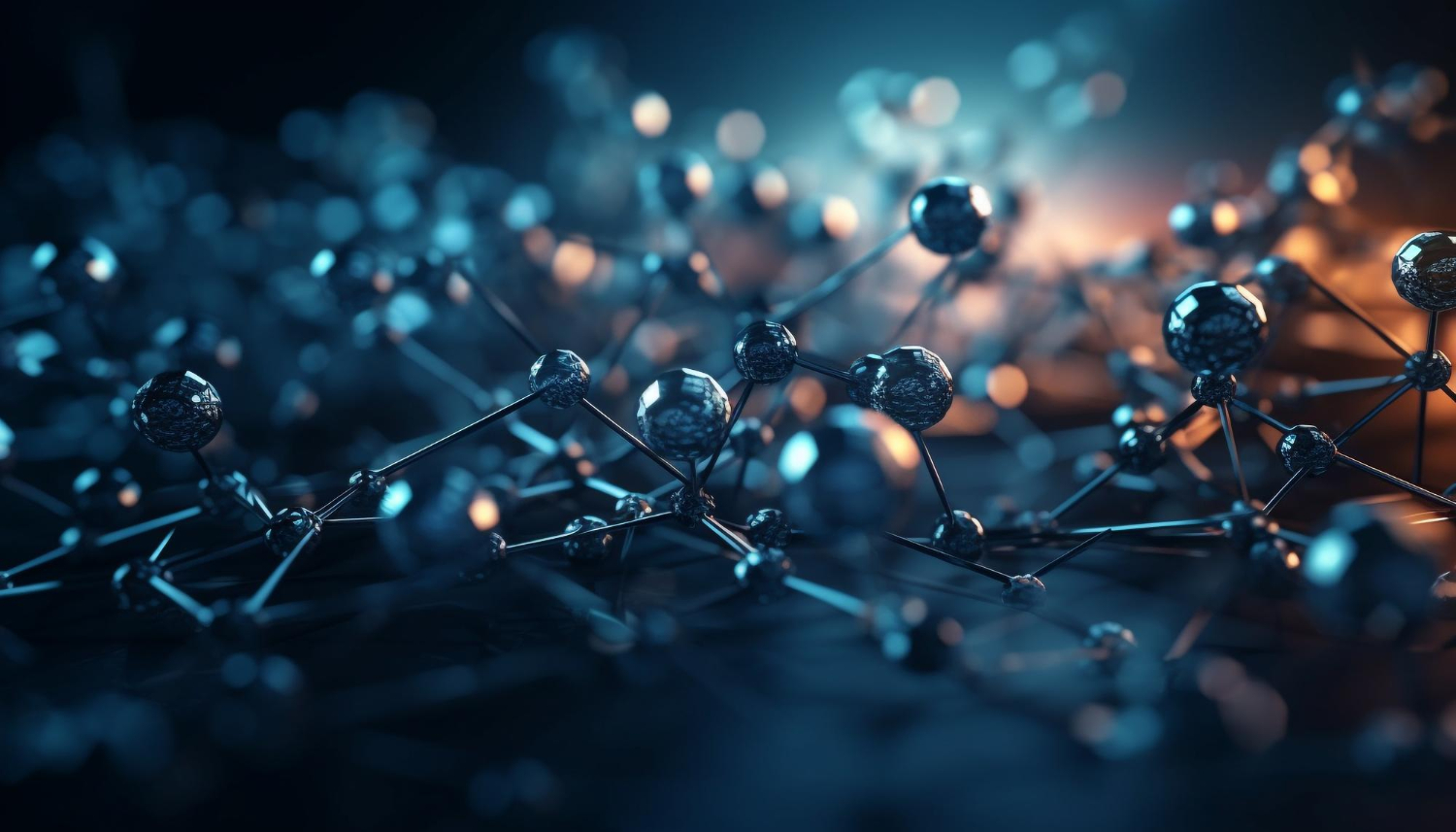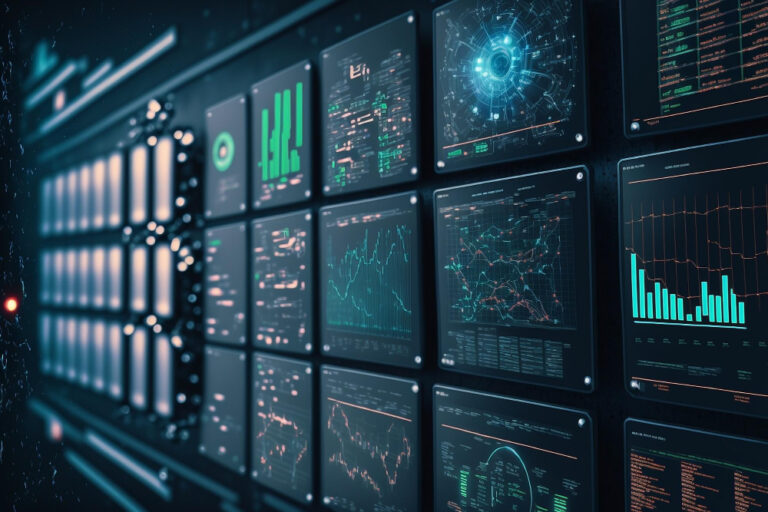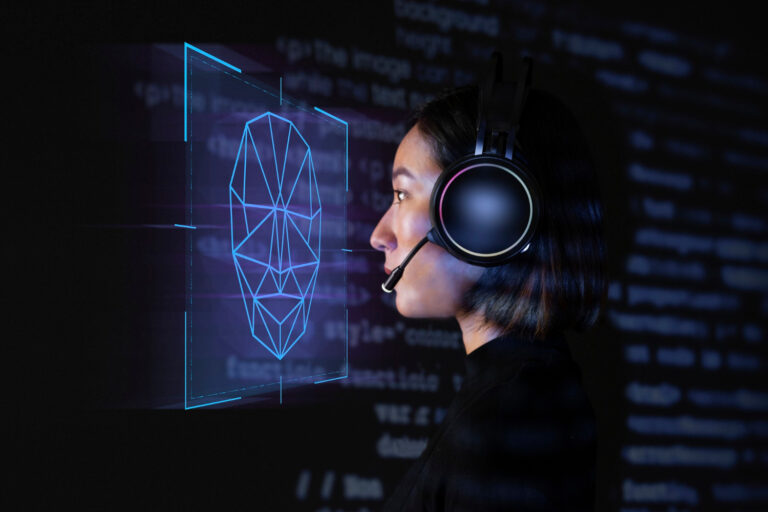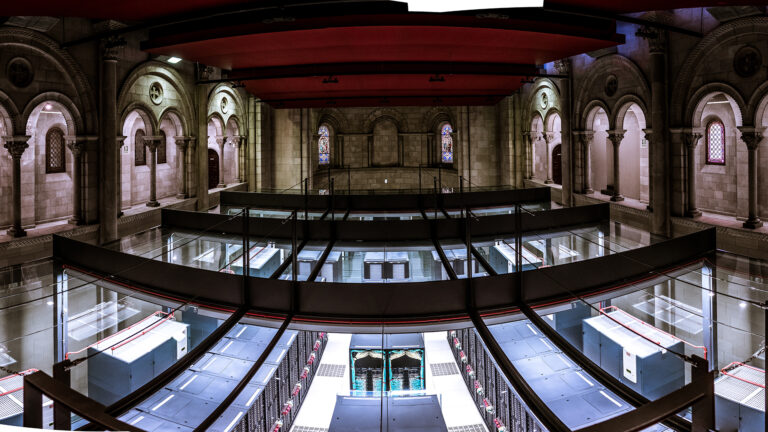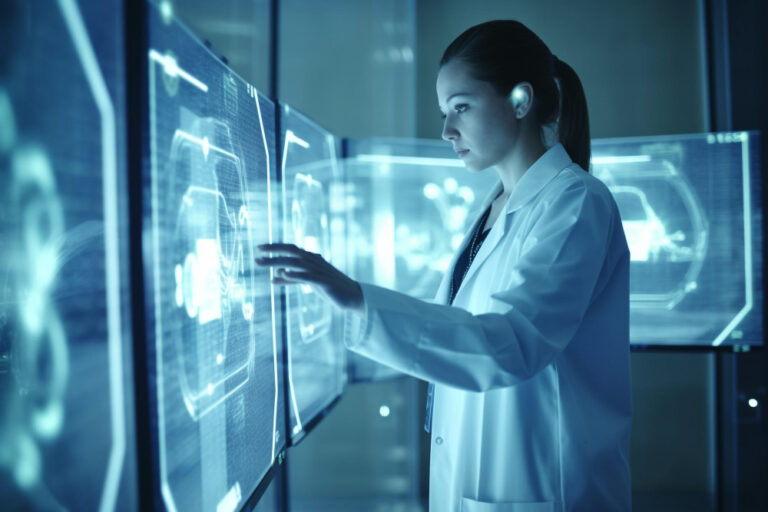Transformers for Protein Generation
Proteins are the building blocks of life. They comprise an essential part of every biological system on our planet. Proteins are responsible for numerous bodily functions, from providing basic structure and energy to our cells to aiding them in their vital processes. In recent years, the use of emerging technologies in this field has led to major advances.
In particular, advances in artificial intelligence and bioinformatics are helping us to decode the language of proteins.
What are Transformers?
Transformer models are a type of neural network, a type of computer algorithm primarily used for understanding and generating sequences of data. Transformers use a special mechanism called attention. This mechanism allows transformers to selectively focus on specific parts of a data sequence. This way, transformers can learn to distinguish patterns and relationships in the sequence of text, enabling them to perform tasks such as translation and text generation.
A better way to understand this is by using an analogy. Imagine reading a book and coming across a complex sentence hard to understand. Instead of trying to translate the full sentence, you will try to focus on specific parts of the text like words or phrases. This is what the transformer model does with attention, focusing on significant parts of the data sequence. Helping them to capture the essence and make accurate predictions.
Proteins and their Language
Proteins are an essential part of our body, playing crucial roles in nearly every cellular process. In essence, proteins are made up of amino acids, and the sequence of amino acids determines the function and structure of the protein. Much like the letters in the alphabet combine letters to form words and words to form phrases, these amino acids link together to form sequences that make these proteins. Depending on the form of the sequence, the protein will have a different function.
These sequences are very susceptible to changes, small changes can have huge effects on the function of the protein. Imagine changing the order of the words in a sentence, it can completely change the meaning of the sentence. Similarly, changing the order of the amino acids can have serious effects on the function of the protein. This makes it essential to understand and predict these sequences accurately.
Transformers Meet Proteins
As said before, the ability of the transformer model to understand and generate patterns in a sequence of data makes it perfect for tackling the challenge posed by proteins. This can be done by training a transformer model on large amounts of data of known protein sequences. Therefore, this model can learn the ‘language’ of the protein and can learn to predict new structures of new, unknown sequences.
To do this, we can use special files called fasta files. These files are like large protein recipe books, showing the order of the amino acids in the proteins. By studying the patterns in these sequences transformers can predict new protein sequences.
Spotlight on Specific Models
There are different specific transformer models for protein generation, these are only some of them:
- ProtT5: This model, inspired by the famous model T5, was created by Rostlab Laboratory from the Technical University of Munich in 2021. This model is specifically designed for proteins, it is a pre-trained model in protein sequences using a masked modelling objective (MLM).
- ProtBERT: a protein version of another popular model, BERT. Also created by the same laboratory, Rostlab, in 2021. Works exceptionally in understanding the context of amino acid sequences.
- Facebook’s ESM1 and ESM2: These models, created by Facebook in 2022 have achieved state-of-the-art results in certain protein-related tasks. showing the tech giant’s commitment to advancing biological research.
The Implications
By delving deeper into the world of proteins, we open doors to important advancements in medicine, from discovering new drugs to gaining insights into diseases and their treatments. Also, combining biology and artificial intelligence can guide us into a new era of understanding and innovation.
Conclusion
Proteins are often referred to as the building blocks of life. They comprise an essential part of the biological processes that happen in our bodies. Despite their importance, Understanding proteins completely has always been a difficult job. This is where transformers have an important role, tools created to find patterns in text that help us learn more about proteins.
By combining Artificial Intelligence and Biology, it can lead us to better knowledge about our bodies, bringing groundbreaking changes to medicine and science.
